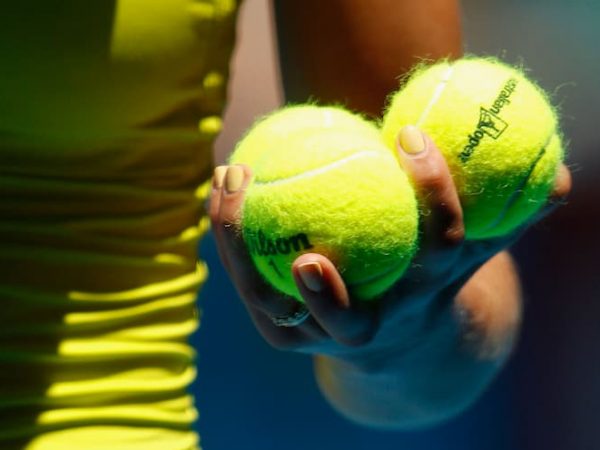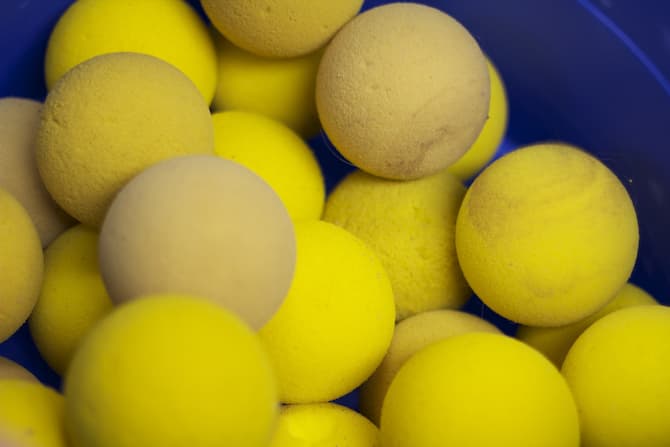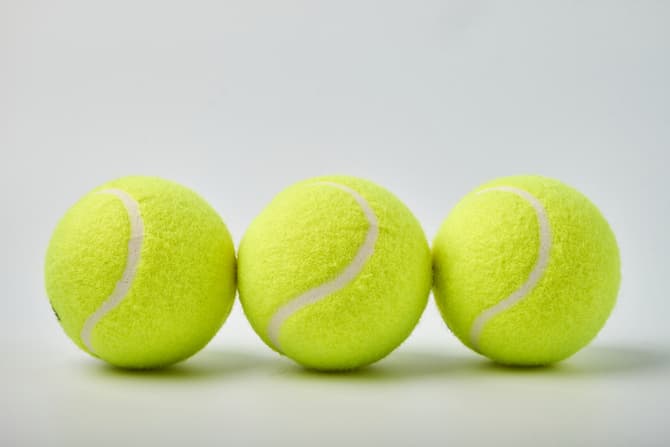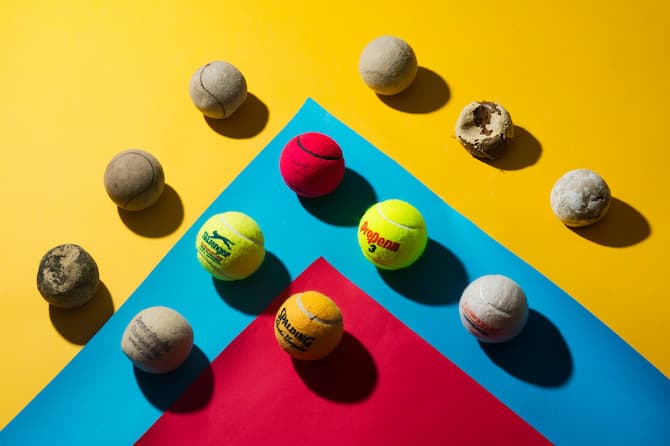12
Jan

Practising sports is a great way to introduce healthy living into your everyday sedentary lifestyle. Tennis is a worldwide popular sport that’s played by people of all ages. Playing tennis is a fun recreational activity which you can practice with friends and family. It’s also a hobby that offers you numerous health benefits. However, in order to get the most out of your tennis practice, you need the right kind of equipment.
Tennis, just like cricket, includes carefully designed equipment that ensures you get the best experience at any stage of your recreational journey.
When it comes to tennis equipment, most people are concerned about the type of racquet they should buy. However, tennis balls are just as versatile and come in many types that are suited for different ages and skill levels.

For children or absolute beginners that are just getting started with tennis practice, the optimal choice is foam balls. They’re even sometimes used in tennis clubs for training with beginners. Foam balls are ideal for children under 10 years of age and are safe to play with both indoors and outdoors. When getting a tennis ball for your child it’s important to choose one that will both facilitate the learning process and keep them away from injuries. Foam balls are less demanding compared to other tennis balls. They’re larger and significantly slower, which increases the player’s reaction time and gives them more control.
The structure of the classic tennis balls has three components – felt layer, rubber core and the innermost layer, which can consist of pressurized gas or rubber. The felt layer is the outer layer of the tennis ball. The material is made of wool, nylon and cotton and it’s cut out in the shape of a dumbbell. Two pieces are glued over the ball – which is why it has its curvy seams. The fuzzy covering on the felt layer is known as the nap. The speed of the ball partially depends on the fuzziness of the nap. If the nap is thicker, the ball moves slower, whereas balls with a smoother surface travel faster.
The rubber core is made of a mixture of different rubber-like materials. This layer influences the weight and the bounce. This layer is created using special moulds that make half-shells. Later, they glue two shells together and use sandpaper to smooth out the surface and prepare it for the application of the felt. Depending on whether the tennis ball has a rubber or pressurized gas as the innermost layer, we have pressureless and pressurized tennis balls.

If you’re looking for the ideal training tennis ball for weekly recreational tennis practices, you should opt for the pressureless tennis ball. These are extremely sturdy and durable balls. This means that you can use them for your back-to-back casual tennis games with your friends, but also for honing your skills with a tennis ball machine without worrying that they will wear off.
Pressureless tennis balls contain two rubber hemispheres that are glued together under normal air pressure. The rubber core is thick and elastic which gives the ball bounce. These balls are slightly heavier and require more effort to hit, but they tend to get bouncier and easier to play with over time as the felt wears off. You can usually find these training tennis balls sold in a tennis bucket. They’re cost-efficient and popular among tennis enthusiasts around the globe.
Due to their durability, pressureless tennis balls are sometimes called forever balls. Their fabric might eventually fade, but the core remains solid and retains its bounciness. This means you will use the same bucket of tennis balls for years and years of recreational fun with your friends and family.
Pressurized tennis balls, on the other hand, are filled with pressurized gas (e.g. nitrogen). These are known as professional tennis balls as they’re frequently used in tournaments by the pros. Compared to their pressureless counterparts, they offer a few advantages as well as disadvantages.
Thanks to their internal air pressure, pressurized balls offer greater speed and bounce. They also offer better spin than pressureless tennis balls.
One major downside to these balls is their short lifespan. Studies show that their lifespan is approximately two weeks, but when used professionally, they’re usually discarded right after the match. This is because the air inside the ball gradually leaks out which causes it to lose its bounciness and speed, rendering it completely unplayable in the end. To retain the inside air pressure, pressurized balls are sold in airtight cans (you can tell that by the hissing sound that they make when you open them).
A pressurized ball can still be used as a training tennis ball for those that are after the premium light feel that allows them to experiment with different styles and spins. However, they’re not as cost-efficient and durable as pressureless tennis balls, which makes them unfavourable in the long run.

The playing conditions in which you will be practising are also a major factor when choosing a tennis ball. If you’re playing in a place that’s above sea level, the higher natural air pressure will make the ball move much faster. This makes pressurized balls highly unfavourable since here they become much lighter and faster. The best choice for higher altitudes is usually pressureless tennis balls.
Depending on the weather conditions, fuzzier balls are usually better for playing in dry weather, while less fuzzy tennis balls are recommended for humid weather. This is because tennis balls easily absorb moisture. This makes them fluffier and heavier, which makes it more difficult to play with them.
Last but not least, various tennis courts require different types of tennis balls. Clay courts call for tennis balls with thinner and softer felt, so it doesn’t absorb much of the clay when it bounces from the ground. Extra-duty balls are better for hard courts. These have thicker felt with more wool which allows them to be used for longer without getting damaged.